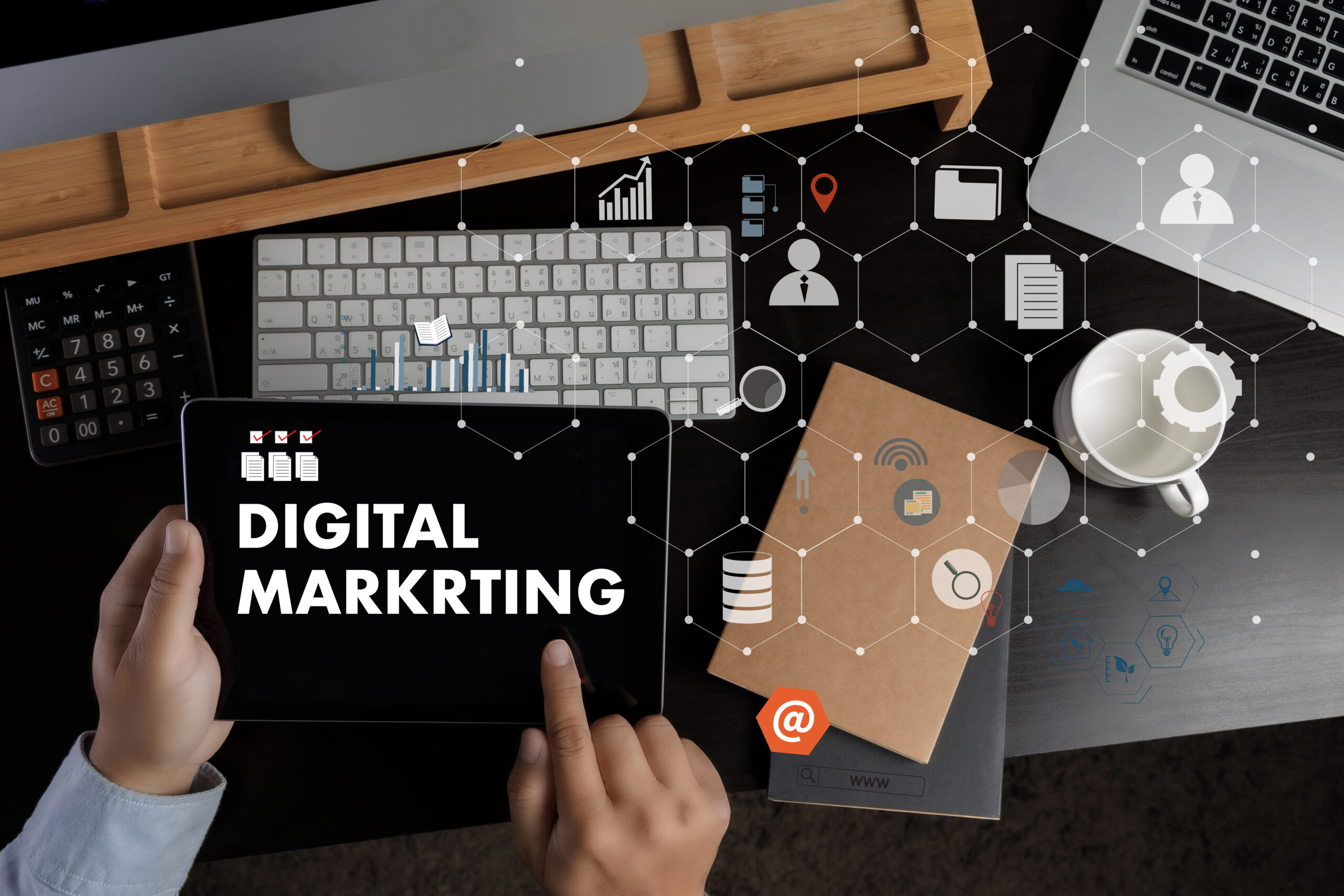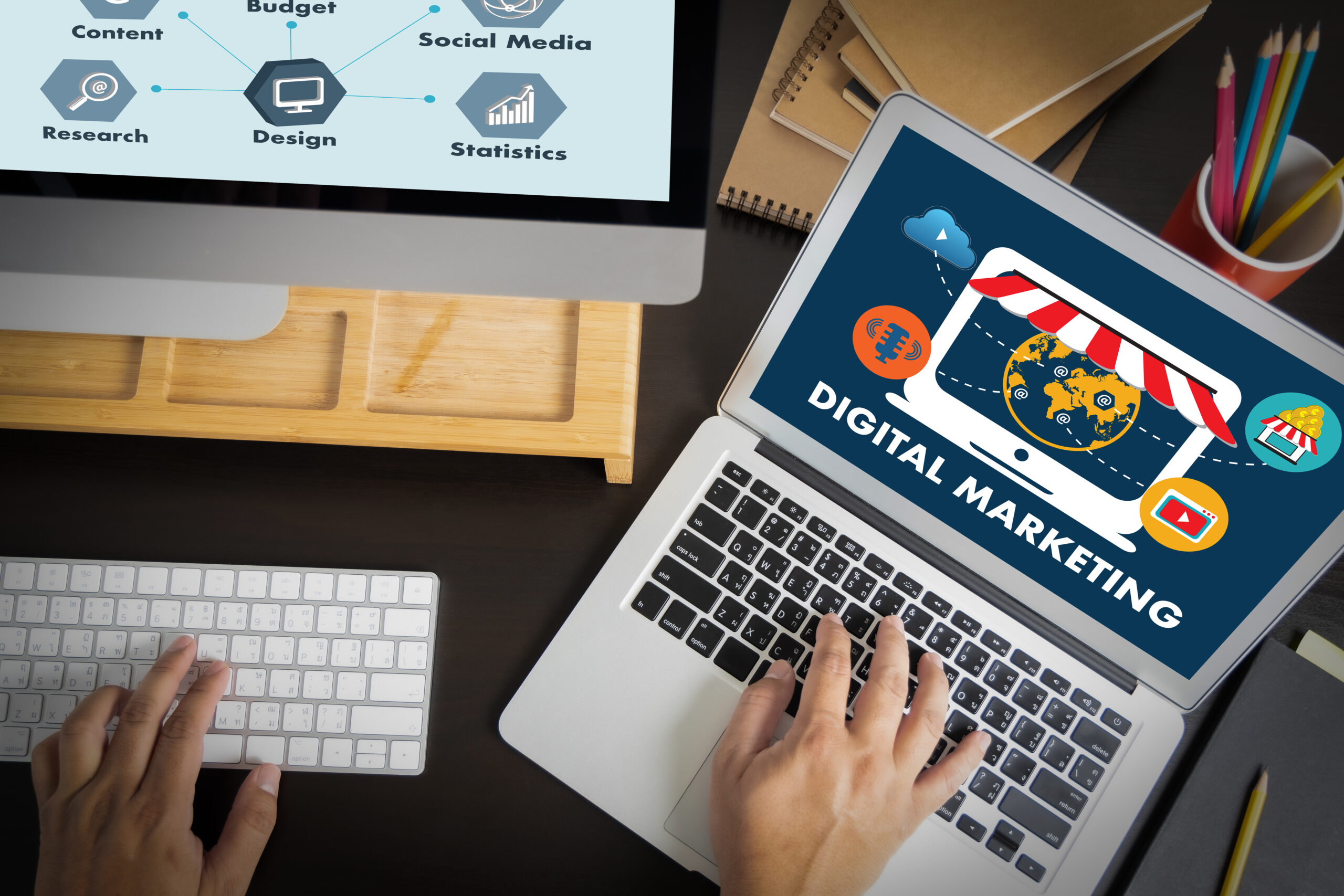The digital marketing industry is evolving fast. What worked 5 years ago doesn’t work the same way today. But one thing remains constant: brands need visibility, traffic, and conversions.
And to achieve that, marketers rely on three key growth engines:
SEO (Search Engine Optimization)
Paid Advertising (Google & Meta Ads)
If you’re starting your digital marketing journey, deciding which of these to learn first can shape your entire career. This isn’t just about “easy vs hard” — it’s about understanding how each skill fits into the bigger marketing ecosystem.
Why This Choice Matters More Today
- Customer journeys are longer: Most buyers don’t convert on the first touchpoint.
- Budgets are shifting: Brands are reducing blind ad spends and increasing performance-focused strategies.
- AI is changing the landscape: Content, targeting, and reporting are smarter than ever.
- T-shaped marketers are in demand: One deep skill + broad understanding of others is the winning formula.
Choosing the right first skill sets your foundation for long-term growth.
1. SEO — The Foundation of Digital Visibility
SEO (Search Engine Optimization) is not just about keywords anymore. It’s about understanding search intent, user experience, and how algorithms serve relevant results.
If you learn SEO, you’re learning how the internet organizes and prioritizes information.
Why SEO Still Matters
- 68% of all online experiences start with a search engine.
- Organic clicks are more trusted than paid ads.
- High-ranking pages can bring traffic for years — without daily ad spend.
What Modern SEO Involves
- Topical authority: Creating deep, interconnected content clusters.
- E-E-A-T (Experience, Expertise, Authoritativeness, Trustworthiness)
- Technical SEO: Core Web Vitals, schema, structured data.
- AI + SEO tools: ChatGPT, Surfer SEO, Clearscope, Semrush.
Pros of Learning SEO First
- Builds a strong, technical foundation.
- Low entry cost with high earning potential.
- Useful across startups, agencies, and personal brands.
Cons of Learning SEO First
- Slow ROI. You need patience.
- Requires consistent updates as algorithms evolve.
Best for: Strategic thinkers, patient learners, and those who want to build long-term value.
2. Social Media — The Engine of Attention
Social Media is where culture happens in real time. From brand awareness to personal branding, it’s the most dynamic marketing channel.
Unlike SEO, which compounds slowly, social media gives faster visibility and engagement.
Why Social Media Is Powerful
- 4.9 billion people use social media globally.
- Content trends travel faster than ever.
- It builds direct relationships with audiences.
What Modern Social Media Involves
- Platform-specific strategies (Instagram vs LinkedIn vs X vs YouTube).
- Content formats like Reels, Shorts, Threads, and Lives.
- Community-led growth — turning followers into advocates.
- Leveraging AI for scheduling, analytics, and ideation.
Pros of Learning Social Media First
- Low barrier to entry. You can start with just a smartphone.
- Real-time results and feedback.
- Builds personal influence and strong communication skills.
Cons of Learning Social Media First
- Algorithms change fast. What works today might flop tomorrow.
- Organic reach can be unpredictable.
- Hard to scale without integrating paid ads or other channels.
Best for: Creative people, storytellers, content creators, and those who love direct interaction.
3. Paid Ads — The Fastest Way to Scale
Paid Advertising through Google, Meta, LinkedIn, or other platforms gives instant visibility. Unlike SEO or organic social, paid ads are about precision targeting, data, and conversion funnels.
Why Paid Ads Are So In-Demand
- Brands need measurable ROI.
- Ads allow laser targeting — demographics, interests, behavior.
- Essential for product launches, lead generation, and scaling.
What Modern Paid Ads Involve
- Funnel strategy — awareness, consideration, conversion.
- Audience segmentation & retargeting.
- Creative testing with UGC and native formats.
- Advanced tracking with GA4, pixel, server-side tagging.
Pros of Learning Ads First
- Fast results and measurable outcomes.
- High-income skill for freelancers and agencies.
- Strong demand from businesses of all sizes.
Cons of Learning Ads First
- Requires budget to practice.
- Mistakes can burn real money.
- Platform rules and bidding algorithms change often.
Best for: Analytical minds, performance marketers, and those who want quick results.
SEO vs Social Media vs Ads — Strategic Comparison
| Feature | SEO | Social Media | Paid Ads |
|---|---|---|---|
| Speed of Results | Slow & steady | Medium | Fast |
| Cost to Start | Low | Low | Medium–High |
| Complexity | Moderate | Easy–Moderate | Moderate–Advanced |
| Long-Term ROI | High | Medium | Depends on spend |
| Stability | Very Stable | Unstable (algorithms) | Depends on budget |
| Best for | Strategic builders | Creatives, communicators | Data-driven marketers |
| Market Demand | High | High | Very High |
How to Choose the Right Skill First
If you want long-term stability: Start with SEO. It gives you a strong foundation in how the web works.
If you love content and engagement: Start with Social Media. It’s fast and builds your personal brand too.
If you want quick results and freelancing income: Learn Paid Ads first. It’s a high-demand skill that pays well.
Pro Tip: The best marketers don’t stick to one skill forever.
Start with one core skill, then layer the others gradually:
SEO → Social → Ads
Social → SEO → Ads
Ads → SEO → Social
This gives you a T-shaped skill set — one deep expertise + broad understanding.
Future Trends You Should Know
Search is becoming conversational with AI (e.g., Google SGE, ChatGPT).
Short-form content + social commerce is reshaping buying behavior.
Performance marketing and AI tools are making ad campaigns smarter.
Integration matters more than isolation — SEO, Social, and Ads work best together.
Example: A business might rank on Google (SEO), warm up audiences through Reels (Social), and close sales through retargeting (Ads).
Final Thoughts
There’s no single “best” digital marketing skill. It depends on your goals, your personality, and your resources:
SEO is a marathon — stable, powerful, and essential.
Social Media is a conversation — fast, creative, and engaging.
Paid Ads are a machine — fast, measurable, and scalable.
Start with the skill that aligns best with your strengths, then build from there.
FAQs: SEO vs Social Media vs Ads
- Which skill is best for beginners in digital marketing?
For most beginners, SEO is the best starting point. It builds a strong foundation and doesn’t require a big budget. Once you understand SEO, learning other skills becomes easier.
- Which skill gives faster results — SEO, Social Media, or Ads?
Paid Ads give the fastest results because they provide instant traffic and leads. Social media gives moderate speed through organic growth, while SEO takes time but delivers long-term rewards.
- Is SEO still relevant in the age of AI and ChatGPT?
Yes. In fact, SEO is more relevant than ever. Google’s AI Overview still pulls content from well-optimized, authoritative pages. A strong SEO strategy helps your content appear in featured snippets and AI results.
- Can I learn more than one digital marketing skill at the same time?
Yes, but it’s better to master one first. Start with your core skill (e.g., SEO), then layer Social Media or Ads once you feel confident. This makes your strategy stronger and more profitable.
- Which skill pays the most in the job market?
Paid Ads and Performance Marketing often pay more initially because businesses want quick results. But SEO and Social Media experts also earn well, especially in senior or strategic roles.
- Can SEO, Social Media, and Ads work together?
Absolutely. The best marketing strategies combine all three. SEO builds trust, Social Media grows brand awareness, and Ads drive conversions. This full-funnel approach delivers the highest ROI.




